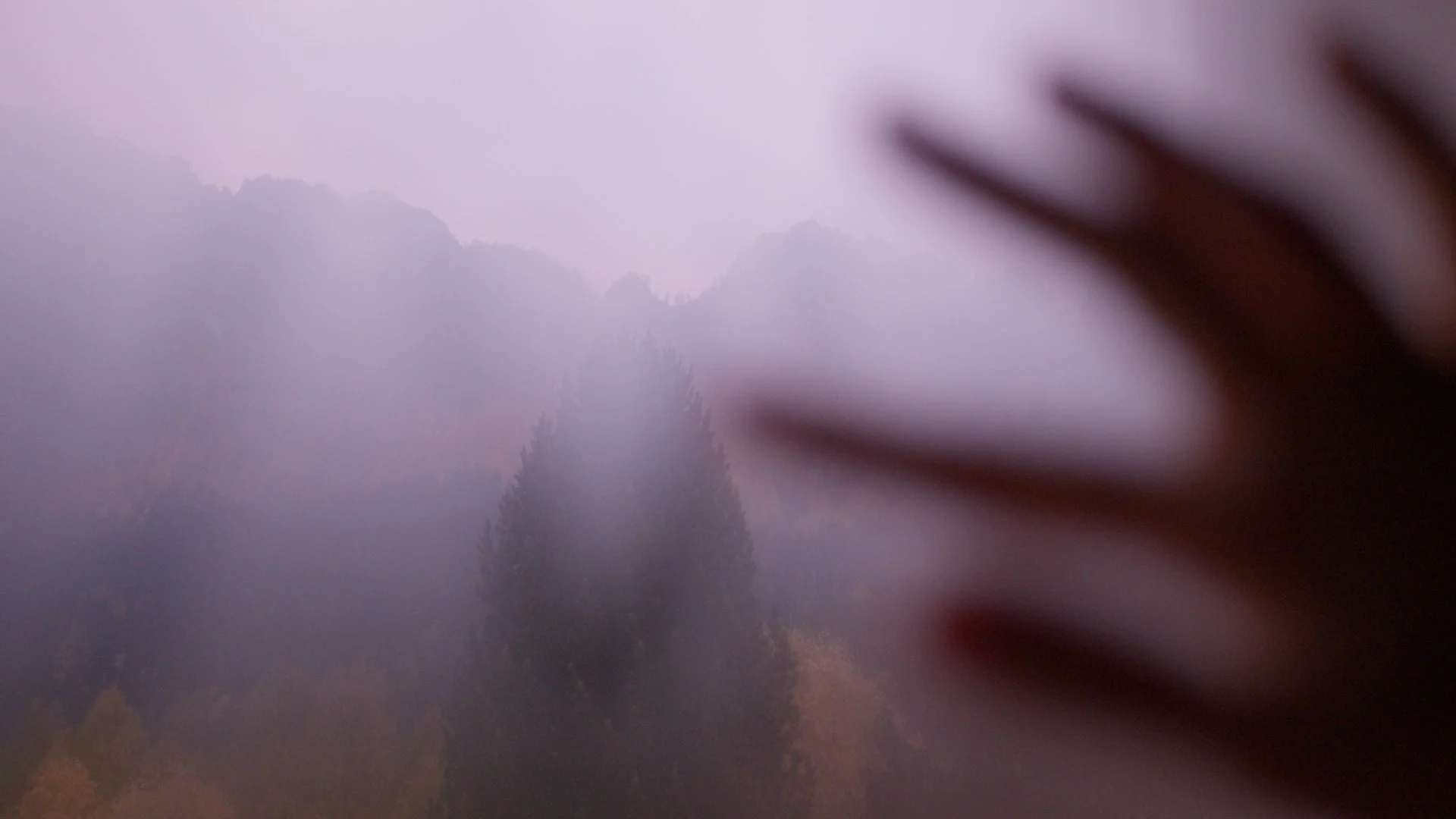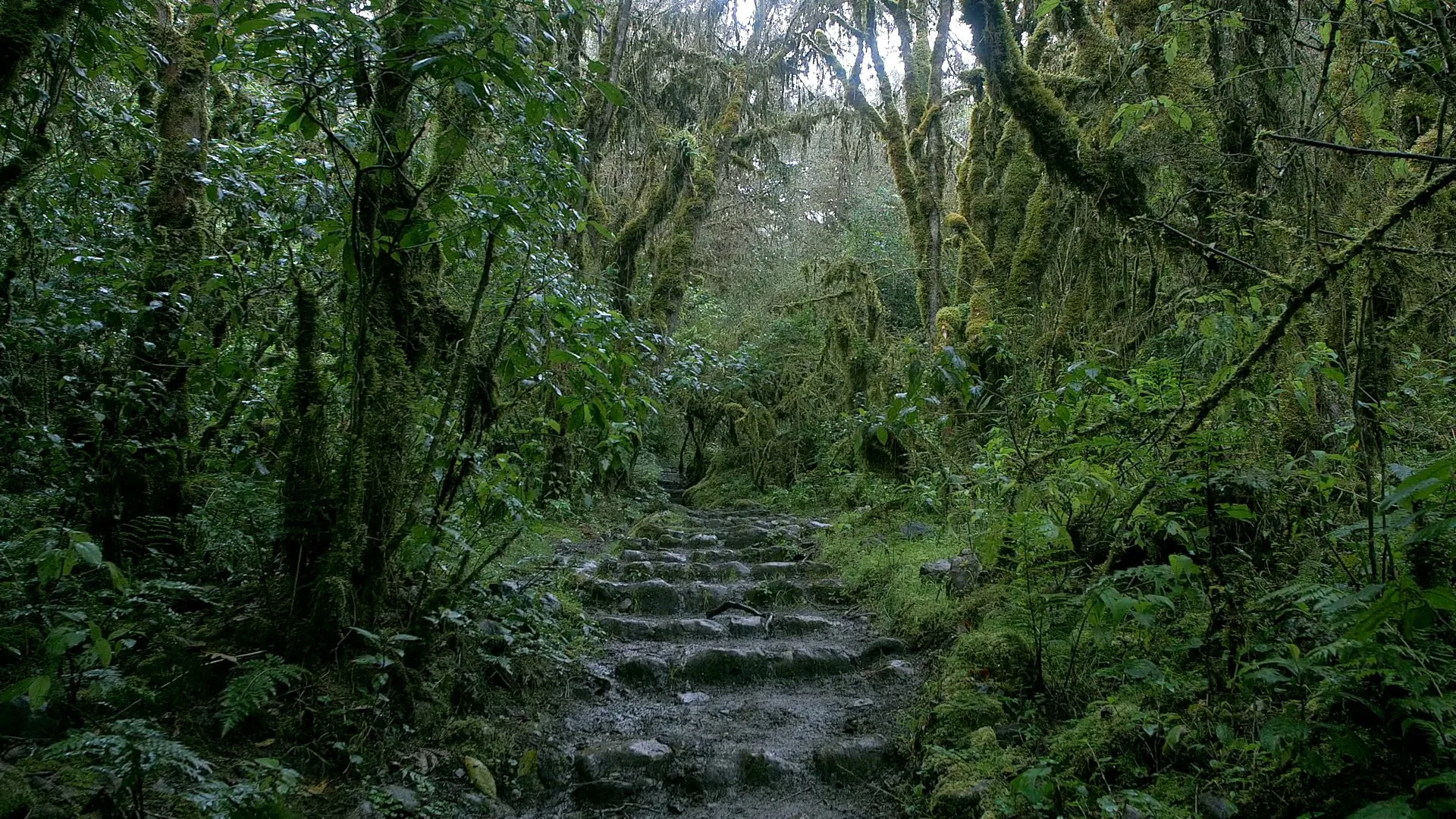Broken Spectre

Our Planet’s Lungs are Collapsing
We only have one generation left to save the Amazon rainforest
Richard Mosse at 180 The Strand, London
Still from Broken Spectre (2022) five channel 4K video with 20.4 surround sound
Courtesy of the artist, 180 The Strand/180 Studios, Jack Shainman Gallery, New York and carlier | gebauer, Berlin/Madrid © Richard Mosse
Co-commissioned by the National Gallery of Victoria, VIA Art Fund, the Westridge Foundation and Serpentine Galleries
Award winning lens-based artist Richard Mosse has spent his entire career documenting the pain of war and the heartbreak of migration, blending fine-art and reportage to outstanding effect.
In Broken Spectre, he’s turned his focus on the Amazon, often described as our planet’s lungs. Using various types of lens – including multi and hyperspectral cameras – the artist has built a massive portrait of the devastated rainforest. Centred around a new film – or moving image artwork – the exhibition seeks to overcome the inherent challenges of representing climate change, to make visible the world’s most troubling ecological warzone. Filmed in remote parts of the Brazilian Amazon with collaborators Trevor Tweeten (cinematographer) and Ben Frost (composer), Broken Spectre is the result of five years cataloguing crimes against the environment.
Framed stills from Broken Spectre (2022)
Image: Jack Hems
Still from Broken Spectre (2022) five channel 4K video with 20.4 surround sound
Still from Broken Spectre (2022) five channel 4K video with 20.4 surround sound
There are beautiful, painterly prints presented one floor below ground level at 180 The Strand. On initial inspection, a group of vibrant aerial scenes appear to represent a digitally manipulated alien landscape; while a darkened room of undecipherable inky, fluorescent imagery could be deep sea exploration. These are in fact microscopic images describing the interdependent complexity of the Amazonian biome in scientific detail. Photos of what is at stake. And the aerial shots are not manipulated, quite the opposite, they’re just not the kind of images we are accustomed to. These are surveys of the land, colour coded to track pollution, illegal mining, logging, burning.
“Some are incredibly aesthetic, producing rich lipstick reds and purples along the riverbanks of a charred forest, showing quite clearly the stress to remaining plant life, some of which was half burned, and in the process of dying. The colours are often quite electric, yet, articulated over such highly detailed organic landscapes, the resulting images feel very fragile. This work conveys frangible organic matter dominated by extractive violence at the hand of man. They are living maps, showing signs of life, but evoke die-back, tipping points and ecocide,” Mosse writes.
Below this, two floors below street level, is an immersive film, unlike any other we have seen. A massive anamorphic widescreen projection describes the Amazon as a burned and barren place. A place destroyed by greed and disregard.
Broken Spectre (2022)
The emulsion of Kodak HIE high-speed infrared film, used to make this image, is especially sensitive to heat and humidity. Environmental effects can be seen expressed on the materiality of the film itself.
“My film examines an intergenerational destruction; a legacy passed on from grandparents to grandchildren. We have only one generation left to save the Amazon rainforest.”
Broken Spectre (2022) five channel 4K video with 20.4 surround sound | Image: Jack Hems | Courtesy of 180 The Strand
The film – overwhelmingly powerful to the extent of claustrophobia – oscillates between stark monochrome and vivid infrared; split-screen one moment, massive and engulfing the next. The soundtrack physically shakes the subterranean cinema. During one poignant scene (pictured below) a young Indigenous woman from the Yanomami community confronts the camera, pounding the earth, breathing in room-shaking gasps “You white people, see our reality. Open your minds. Don’t let us talk so gallantly and do nothing. White people! Tell your fathers and mothers. Explain to them.”
“This is not your land, we will never give up what’s ours.”
Within a few years we will reach the very tipping point at which we can no longer save the Amazon, at which it will no longer be able to generate its own rain, triggering mass forest “dieback” with carbon release at devastating levels, impacting climate change, biodiversity, and local communities. This is a world emergency that is entirely man made. This exhibition must be one of the most visceral we have encountered, the film is a deeply affecting call to arms; a reminder of art’s ability to represent climate change and fortify the need for policy change.
“If you are a storyteller, I feel that speaking about the environment is your duty now.”
'Broken Spectre' (2022) is a five channel 4K video with 20.4 surround sound | Images courtesy of the artist, Jack Shainman Gallery, New York and Carlier Gebauer, Berlin / Madrid | © Richard Mosse | Co-commissioned by the National Gallery of Victoria, VIA Art Fund, the Westridge Foundation and Serpentine Galleries | Text above by the artist, 180 Studios & A La Luz | Installation photography by Jack Hems | Used with permission







